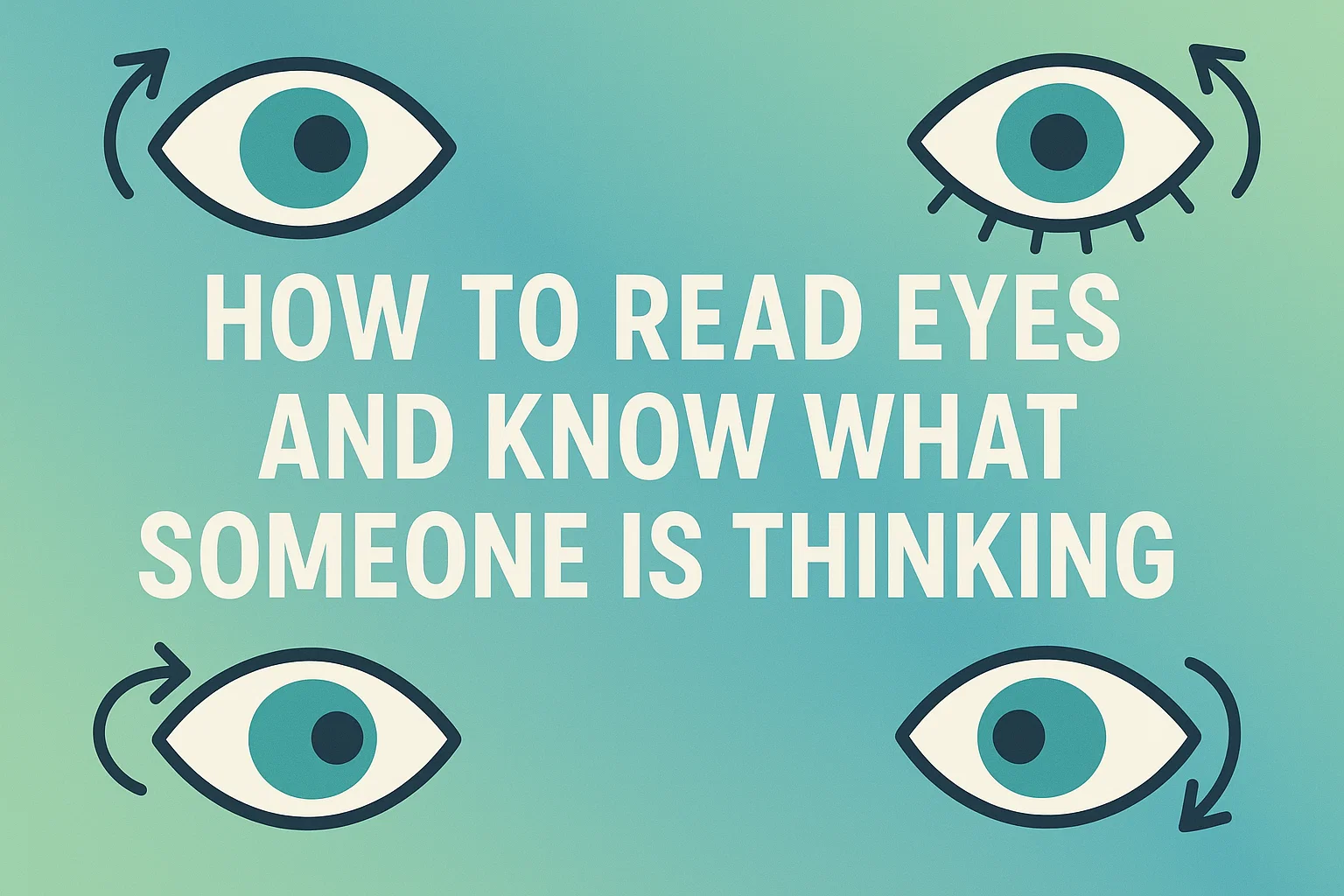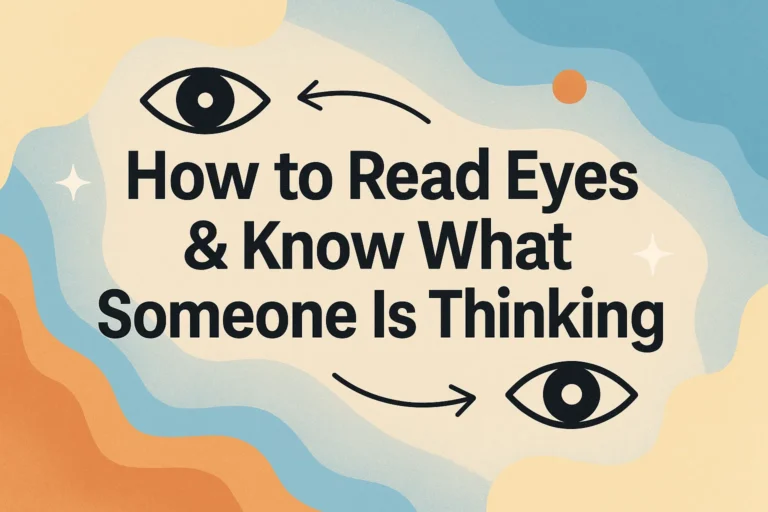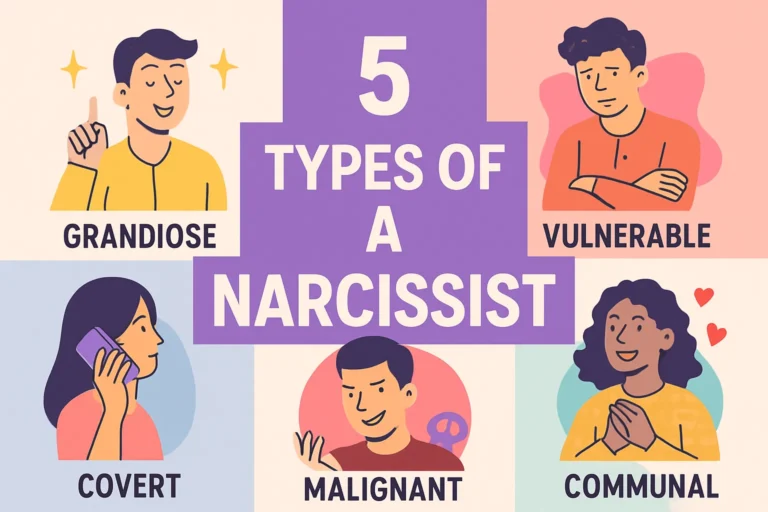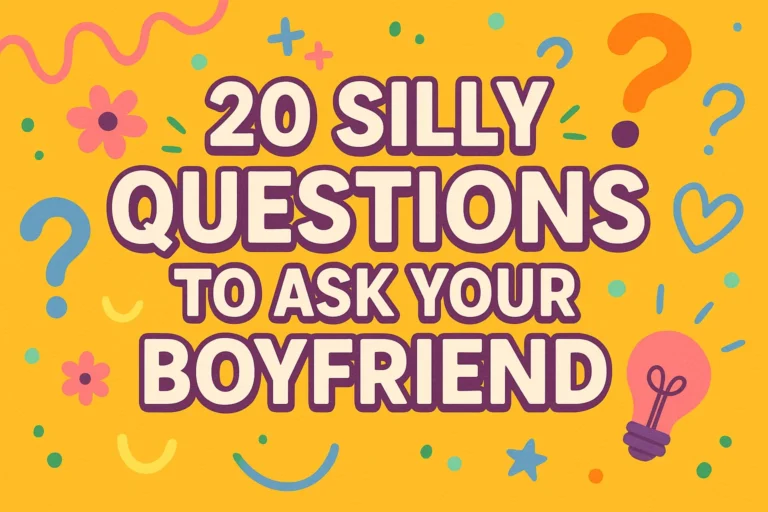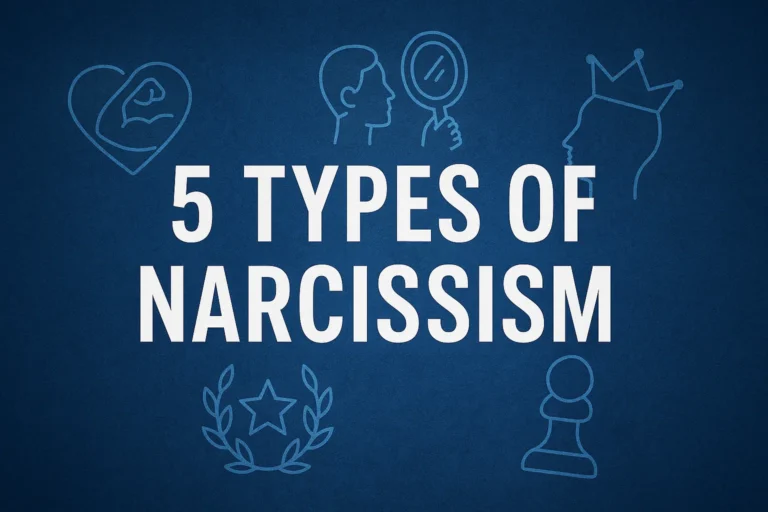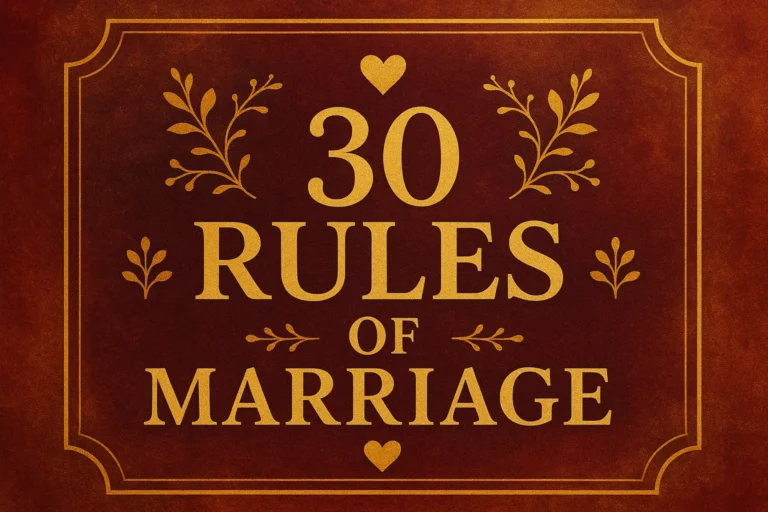Face Reading Psychology How to Read Eyes and Understand What Others Are Thinking
Face Reading Psychology: How to Read Eyes and Understand What Others Are Thinking
Ever been in a conversation where someone’s words said “I’m fine,” but their eyes screamed something entirely different? Yeah, me too. It’s frustrating, isn’t it? We’ve all wished for a superpower to see past the words and into the real thoughts behind them.
Well, I’m here to tell you that you don’t need a cape. You just need to learn the ancient, fascinating art of face reading, starting with the most expressive part of the human body: the eyes.
I got hooked on this after a disastrous poker night years ago. My friend Sam kept saying he had a “terrible hand,” but his eyes were lit up with a tiny, barely-contained sparkle. I lost twenty bucks. After that, I decided to learn how to read the subtle signals we’re all broadcasting, whether we know it or not. It’s not about being a psychic; it’s about becoming a better observer. So, let’s pull up a chair and get into it. I promise, no complex jargon, just a friendly chat about how to understand what people are really thinking.
The Windows to the Soul Aren’t Just a Cliché
We’ve all heard the saying, but have you ever stopped to think about why the eyes are so revealing? It boils down to basic human wiring. A huge portion of our brain is dedicated to processing visual information, and our eyes are directly connected to this complex system.
They involuntarily react to our thoughts and emotions. Think of them as the live-feed from the control room. While someone can train themselves to control their words and even their posture, the micro-expressions in and around the eyes are incredibly difficult to fake consistently.
When you learn to read these signals, you gain a huge advantage in everything from negotiating a raise to understanding if your date is actually having a good time. It’s like you’ve been given the user manual for human interaction.
The Pupils: The Honest Truth-Tellers
Let’s start with the most honest part of the eye: the pupil. You have zero conscious control over these little black circles. They dilate (get bigger) or constrict (get smaller) based on a mix of light and, more importantly for our purposes, your internal state.
Dilated Pupils (Bigger):
This generally signals interest, arousal, or engagement. When we see something or someone we like, our pupils expand to take in more of them. It’s a primitive response.
- Attraction: If someone’s pupils widen when they look at you, it’s a pretty solid sign they’re interested. It’s one of the most fundamental signs of attraction.
- Cognitive Load: When someone is thinking hard or trying to solve a complex problem, their pupils will also dilate. So, if you’re explaining a tricky concept and see their pupils expand, they’re genuinely engaged and processing the information.
- Fear or Surprise: A sudden, sharp dilation can also indicate surprise or fear. Context is everything here!
Constricted Pupils (Smaller):
This often points to dislike, disgust, or a negative reaction. It can also signal anger or aggression. If you suggest an idea and you see the other person’s pupils turn into pinpricks, you might want to backtrack. IMO, pupil reaction is the most reliable tell you can look for because it’s completely automatic.
The Gaze: Where and How Long Someone Looks
Where someone directs their gaze tells you a massive amount about their focus and intention. It’s not just about if they’re looking at you, but how they’re doing it.
The Power of Eye Contact
We all know sustained eye contact is key, but the nuances are everything.
- Appropriate, Balanced Gaze: This shows confidence, interest, and honesty. You’re engaged with the person and the conversation.
- Intense, Unblinking Stare: This is different. This can feel predatory or aggressive. It’s an attempt to dominate. If you feel like you’re being hunted, you probably are.
- Frequent Looking Away: This often signals discomfort, boredom, or deception. But hold on—don’t immediately accuse your friend of lying because they glanced at their phone. Cultural norms and personal shyness play a huge role. Someone who is simply introverted or from a culture where prolonged eye contact is considered rude might look away more often.
The Direction of the Glance
This is a classic in neuro-linguistic programming (NLP), and while it’s not a perfect science, it can be a fun and useful guideline.
- Glancing Up and to the Right (Your Left): This is often associated with constructing an image or lying. They are visually creating something that isn’t there.
- Glancing Up and to the Left (Your Right): This is often associated with recalling a memory. They are visually remembering something that actually happened.
- Glancing Side to Side: This can indicate auditory processing—either constructing something they haven’t heard (right) or remembering something they have (left).
FYI, these directions are reversed for left-handed people sometimes, so use this as a clue, not a conviction.
The Eyebrows and Forehead: The Supporting Cast
The eyes don’t work in a vacuum. The muscles around them are crucial for telling the full story.
The Eyebrow Flash
This is a rapid up-and-down movement of the eyebrows that lasts about a fifth of a second. We do this subconsciously when we recognize and are happy to see someone. It’s a universal sign of acknowledgement and welcome. Try not to do it when you see your boss in an awkward situation, though. It sends a confusing message 🙂
Furrowed Brows
When the eyebrows draw together and down, it typically signals confusion, concentration, or concern. Is your friend scrunching their brow while you explain the plot of that new movie? They’re probably working hard to follow along. Combine this with a tilted head, and you have a clear signal of “I’m trying to understand you.”
The Blink Rate: The Metronome of the Mind
You probably don’t think much about blinking, but the rate can be very revealing. The average person blinks 10-20 times per minute.
- Increased Blinking: A sudden spike in blinking can indicate stress, anxiety, or excitement. When someone is lying or feeling uncomfortable, their blink rate often increases significantly. Think of a politician in a tough interview.
- Decreased Blinking: When someone is hyper-focused or deeply engaged with something they find fascinating, their blink rate slows down. They don’t want to miss a single moment. This is a great sign on a date or during a presentation—it means you have their rapt attention.
Putting It All Together: Reading the Whole Picture
Okay, we’ve covered the individual pieces. But the real magic happens when you stop looking for a single “lie detector” signal and start seeing the clusters. Never rely on just one signal.
Let’s walk through a real-world scenario.
You ask your partner, “Did you remember to mail that important package?”
They respond, “Yes, of course!” but as they say it:
1. Their pupils constrict slightly.
2. They break eye contact, looking up and to their right.
3. They blink rapidly several times.
4. Their eyebrows do a quick, single twitch upwards.
Individually, each of these could mean anything. But together, this cluster strongly suggests they are feeling stressed about the question and are likely constructing an answer—meaning, they forgot to mail the package. The key is to look for a deviation from their baseline behavior. How do their eyes normally look when they’re telling the truth?
A Quick Word on Ethics and Common Pitfalls
Before you go out and start “reading” everyone you meet, let’s have a quick ethical chat. This knowledge is a tool for connection, not manipulation.
Use it to:
* Understand when someone is uncomfortable so you can change the subject.
* See if your child is genuinely confused with their homework.
* Gauge a client’s interest to better tailor your pitch.
Do NOT use it to:
* Paranoidly accuse people of lying.
* Play mind games in your relationships.
* Assume you are always right.
Remember, you are interpreting signals, not reading exact thoughts. Always leave room for error. Sometimes, a constricted pupil just means the lights are really bright.
Your New Superpower Awaits
So, there you have it. You’re now armed with the basics of reading eyes. It’s not about becoming a human polygraph machine; it’s about becoming more empathetic, more observant, and a better communicator.
The next time you’re in a conversation, I challenge you to really notice the person’s eyes. Watch the dance of the pupils, the rhythm of the blinks, the language of the gaze. It will feel awkward at first, but soon it will become second nature.
You’ll start to see the world in high definition, picking up on the silent conversations happening all around you. And who knows? Maybe you’ll even win your twenty bucks back at the next poker game. Just don’t use your powers for evil, deal? 😉

